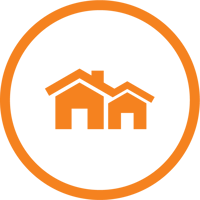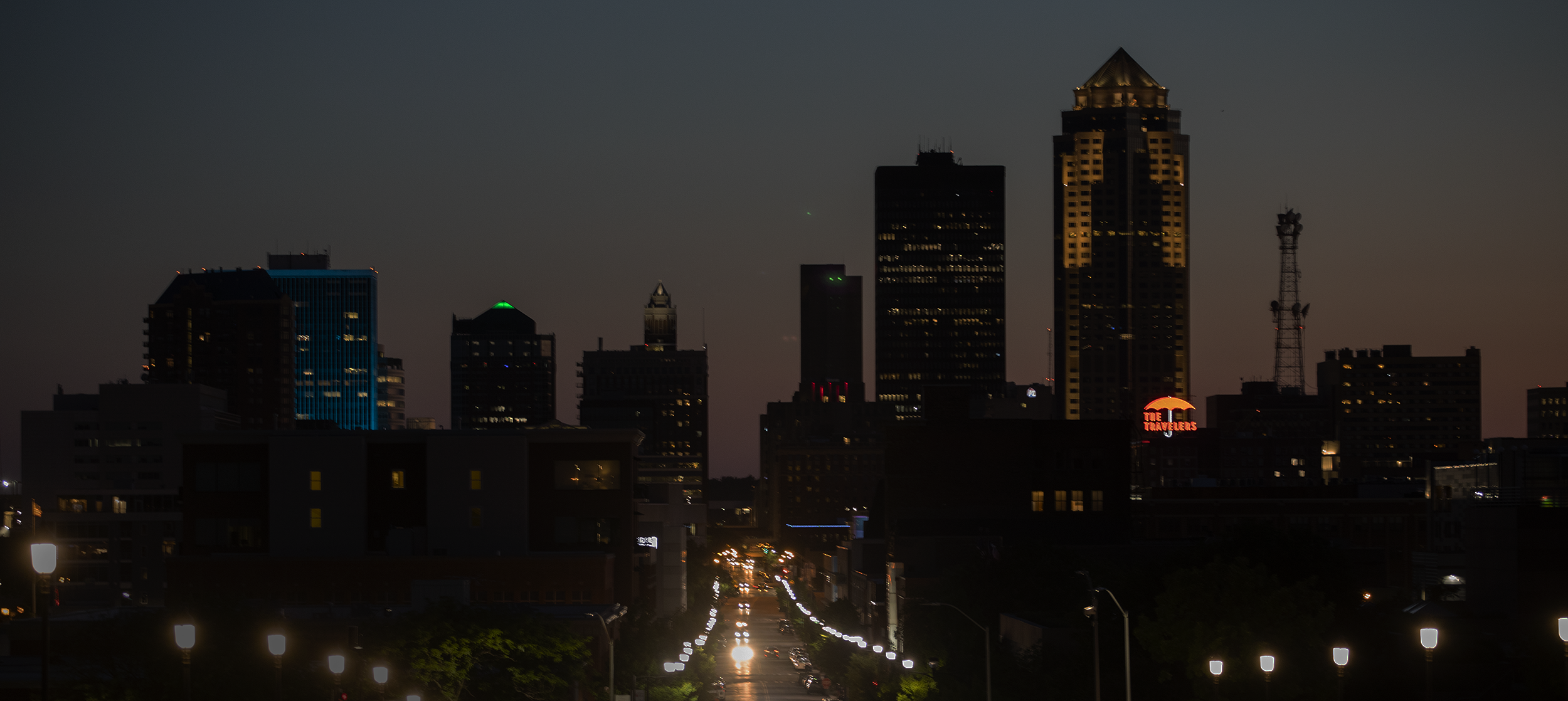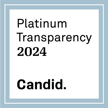 OVERVIEW
OVERVIEW
While Greater Des Moines has been recognized nationwide for its low cost of living, thousands of central Iowans search for homes they can afford. Preliminary studies conducted for central Iowa’s The Housing Tomorrow Plan show that the region has plenty of housing for moderate- and high-income households, and homes are very affordable compared with other cities. However, as in other cities, the lowest-income households have few options.
From 2006-2016, the Des Moines and
West Des Moines area lost 2,526 units that
rented at $650 a month or below.
Source: Joint Center for Housing Studies at Harvard University
A 2012 Gruen Gruen + Associates study shows that the region lacks nearly 8,500 rental units for households earning less than $15,000 annually, a group that nearly meets the federal poverty level definition. This is supported by more recent 2017 Polk County Housing Trust Fund research that suggests a shortage of 8,350 units for the same demographic. The overwhelming majority (86%) of these households are living in housing they cannot afford, defined as paying more than 30% of their income. 71% of these households pay more than 50% of their income each month on rent and utilities, leaving little remaining to pay for food, medical bills, transportation, child care, and other needs. These extremely low-income households cannot afford to pay more than about $500 in rent and utilities each month, and the average household in this group pays $735.
Strong demand for rental housing in the wake of the Great Recession has driven vacancy rates to near-record lows, which has pushed rents up to record levels region-wide.
OBJECTIVES
Market forces are driving rents higher and higher, and home ownership is becoming increasingly difficult. At the same time, many of the fastest-growing jobs in our community are paying low wages that increase the need for these affordable homes. To make housing more affordable to central Iowans with lower incomes, we need to develop new homes at lower prices and expand access to existing homes even as government resources continue to dwindle.
FIRST-PHASE GOALS |
RESULTS |
|
1. Implement centralized intake system. |
|
|
2. Raise community awareness related to housing issues. |
|
|
3. Expand homelessness/housing efforts to other counties. |
|
SECOND-PHASE GOALS |
RESULTS |
|
1. Decrease the number of extremely low-income rental households who are severely rent-burdened (paying over 50% of their income for rent) by 10% by 2023. |
|
|
2. Improve the distribution of new, affordable rental homes throughout the region by encouraging development near robust public transportation, low-wage job centers, and services needed by low-income households. |
|
|
3. Increase the availability and coordination of supportive services for households living in affordable housing. |
|










%20-%20No%20Tagline.png?width=180&name=211%20Logo%20-%20color%20(white%20bubble)%20-%20No%20Tagline.png)

